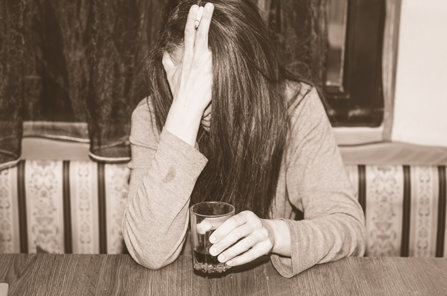The Truth about Family Alcohol Use and Underage Drinking

“Know Before You Pour!”
Getting together for turkey feasts, football games, parties and shopping extravaganza’s opens each family up to more contact with alcohol and messages of over consumption. During the holidays, access to alcohol for under-age and of-age drinkers skyrockets in the family household and in the homes of others. It is vital to get your family members’ agreement ahead of time before the holiday binge season begins.
“Know before You Pour” Program for Setting Family Alcohol Use Expectations
1. Setting Family Expectations and Acceptable Behavior
The best place for families to start in determining what their alcohol consumption policy is, is to set clear rules and expectations before any drink is poured. Set the family expectations about alcohol consumption early. Some families don’t allow anyone underage to drink at all. Other families allow their under-age members to drink alcohol. What is key is that everyone understands the limits before the first glass is ever served.
- Who is allowed to drink in this family?
- Can any underage members drink in our house or in the homes of other people?
- Can underage guests be invited to drink?
- What if someone consumes too much?
- What is the rule on driving or leaving the home once a young person has had alcohol?
2. What is a drink?
The first thing that you need to know before you pour is what a drink is. The National Institute on Alcohol Abuse (NIAA) defines a drink as 12 ounces of beer, 5 ounces of wine and 1.5 ounces of distilled spirits. Unfortunately, the standard drink at a bar or party may be served in much greater amounts, so it is vital to know what and how much is being consumed.
3. What is considered binge drinking?
The definition of binge drinking is, simply, consuming excessive amounts of alcohol over a short period of time. The NIAA defines binge drinking as a pattern of alcohol consumption that brings a person’s blood alcohol concentration to 0.08 or above. This typically happens when a man consumes 5 or more drinks or a woman consumes 4 or more drinks within a 2-hour period, resulting in intoxication.
4. Why shouldn’t you drink?
Statistically, alcohol factors into the death of over 4,000 youth a year. It is a major cause of bodily injuries, increases your risk for physical or sexual assault, it interferes with brain development, can lead to lowered grades in school and increases a young person’s risk of having alcohol problems later in life. According to a study by the National Institutes of Health, people who drink before the age of 15 are four times more likely to have alcohol dependency problems later in life!
Setting expectations is vitally important and so is going over the risks of underage consumption. Each year, the holidays see a spike in alcohol-related highway fatalities. Firm policy on drinking and driving must be enforced by every family. The risks of underage drinking are great and the fact is that 45% of teenage auto fatalities involve alcohol consumption. There is never a good reason to drive or be driven by someone who has consumed alcohol.
5. How can families help their young people be responsible around alcohol?
- The first step is to talk openly about the dangers of alcohol consumption and set the family expectations by 9 or 10 years old, if not before.
- Set positive role models for the young people in the family.
- If families allow their young people to consume alcohol at home, set specific parameters of consumption.
- Ensure adult supervision of all parties and monitor youth access to alcohol every day as well as during special celebrations.
- Encourage kids to participate in healthy and fun activities that do not have alcohol present.
- Keep an open communication line with your children and always offer to get them if they do, in fact, end up in a situation where they consume alcohol.

6. What to do if you see signs of alcohol abuse?
Get help right away. Talk with your child and get them to open up about their consumption and find out what problems they are trying to solve by consuming alcohol or drugs. If the problem has become acute, call and talk with an intake coordinator at a treatment facility like Narconon Suncoast who knows how to address signs of abuse and addiction. There is always a way to help the situation.
The key to family alcohol education is to address it before a problem can get started. Ensure your family gets the truth about drugs and alcohol ahead of time. “Know before you Pour!” For more information go to www.narconon-suncoast.org


